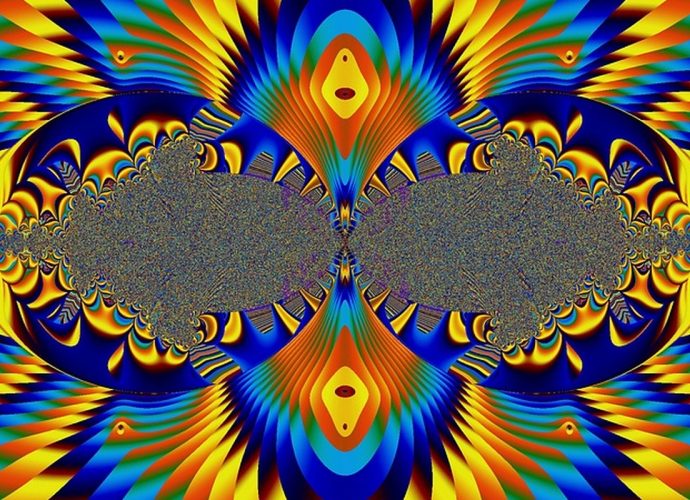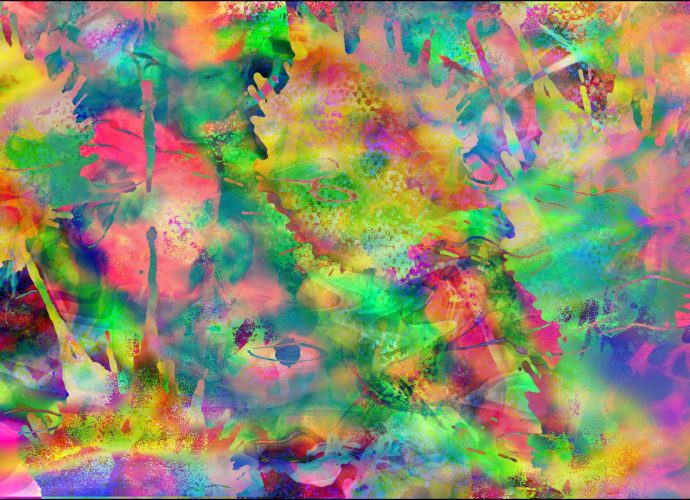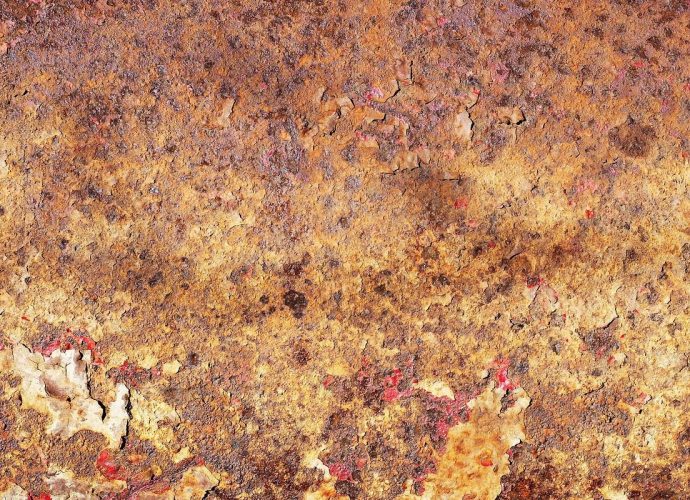Are Codons Found On RNA?
A codon is a sequence of three DNA or RNA nucleotides that corresponds with a specific amino acid or stop signal during protein synthesis. Does tRNA carry codons? The tRNA carries the amino acid that corresponds to that codon. The next mRNA codon is now exposed in the ribosome’s otherRead More →









